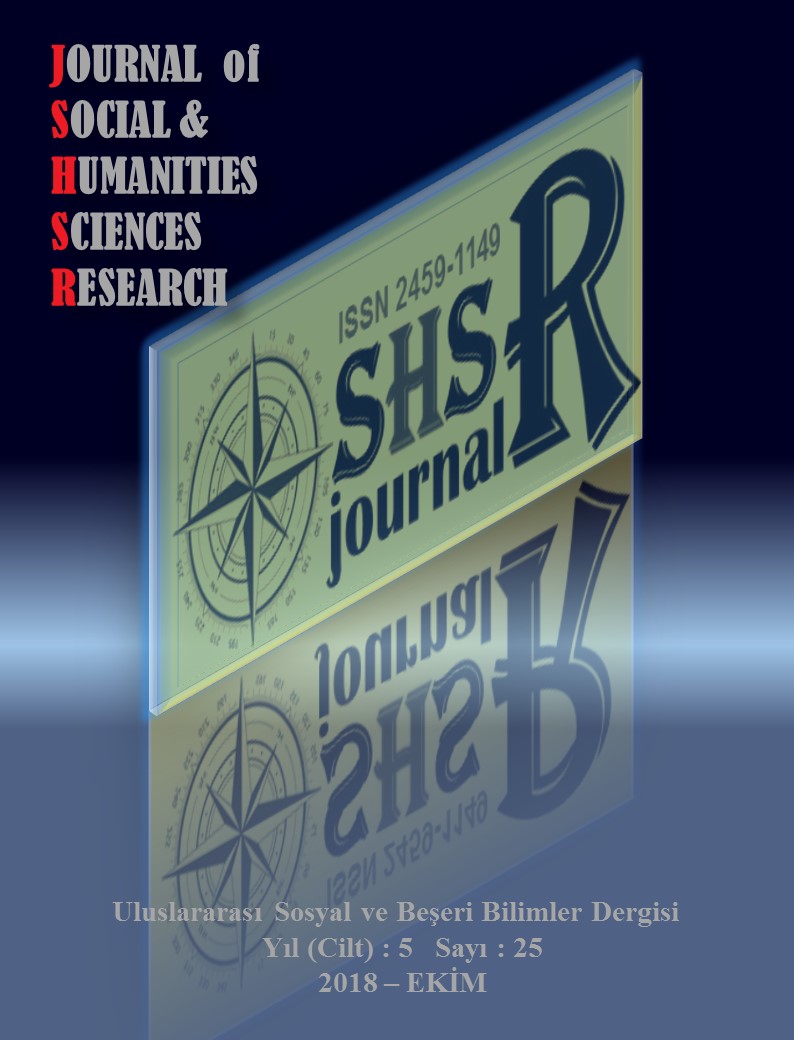COMPARISON OF THE AGGRESSIVENESS LEVELS OF THE STUDENTS AGED 12-14 WHO ENGAGED IN SPORTS AND NON-SPORTS ATTENDİNG SECONDARY EDUCATION INSTITUTIONS
DOI:
https://doi.org/10.26450/jshsr.568Keywords:
Sport Culture, Aggression, Society and Human, PsychologyAbstract
This study was carried out to compare the aggressiveness levels of the students aged 12-14 who engaged in sports and non-sports attending secondary education institutions. 640 volunteer students participated in the study. Information form was used to determine demographics features of the participants, also, the Aggression Questionnaire (SO) developed by Buss and Perry (1992) was used to determine the level of aggressiveness of the students in the study. The adaptation of the scale to Turkish was done by Can (Can, 2002). Mean, standard deviation analysis techniques were used for the analysis of the data. Independent t test, One Way Anova, was used to determine the differences. When the obtained data were evaluated statistically, the level of significance was taken as (p<0,05). As a result of the analyzes, those who did not play at all was found to be higher than those who did sports as amateurs and those who played at leisure time in Physical Aggression, Verbal Aggression, Anger and Hostility subscales, and this was statistically significant (p<0,05). The Physical Aggression and Verbal Aggression subscales were compared, the average of the male students was found to be higher than female students in the study and a statistically significant result was observed (p<0,05). It has been observed that participants who do not play sports have more aggressive attitudes and behaviors than those who exercise or play in leisure
Downloads
Published
How to Cite
Issue
Section
License
Copyright (c) 2018 INTERNATIONAL JOURNAL OF SOCIAL HUMANITIES SCIENCES RESEARCH

This work is licensed under a Creative Commons Attribution 4.0 International License.


